Chelsea hockey vs. Monroe:
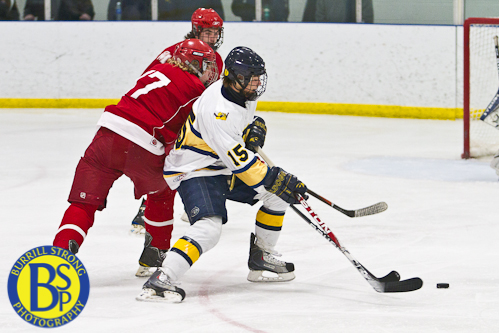
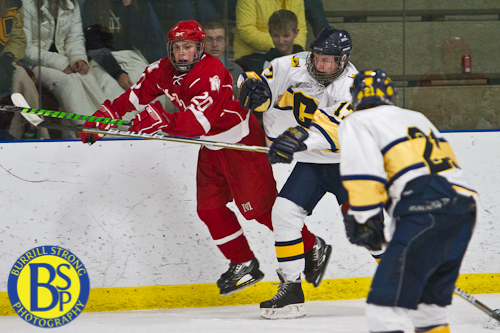




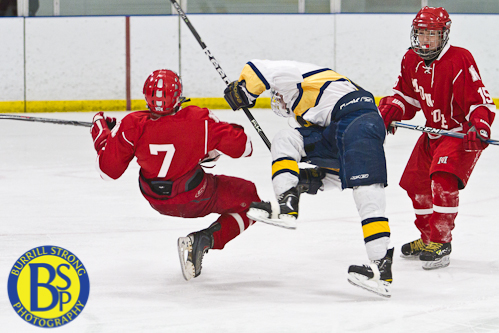
Chelsea hockey vs. Monroe:







Chelsea hockey vs. Ann Arbor Huron:
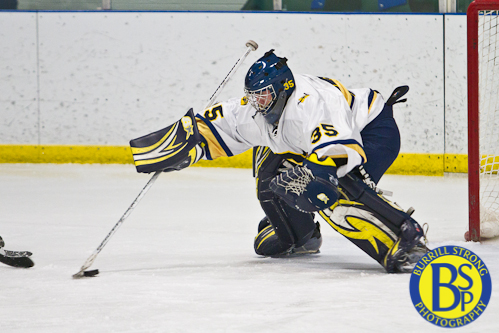
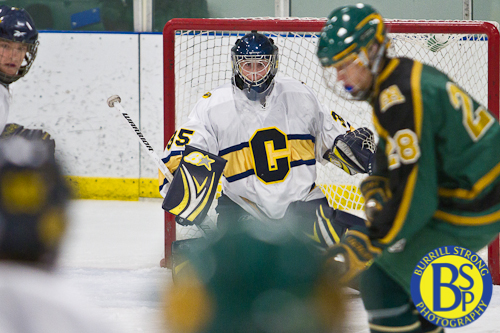
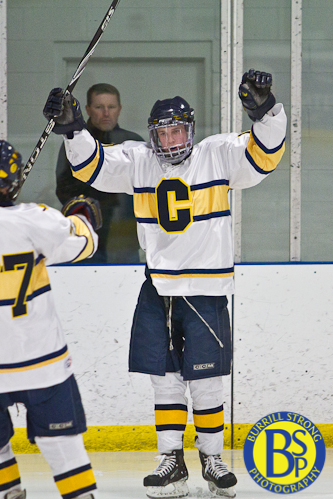
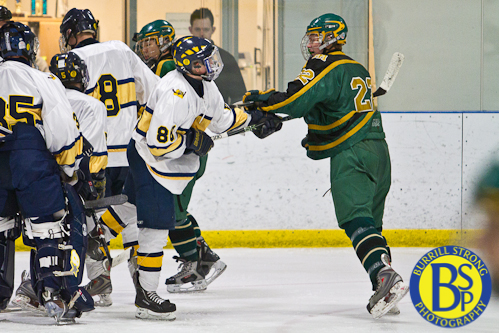
They’re just calmly exchanging information about their hockey sticks. Right? Right.
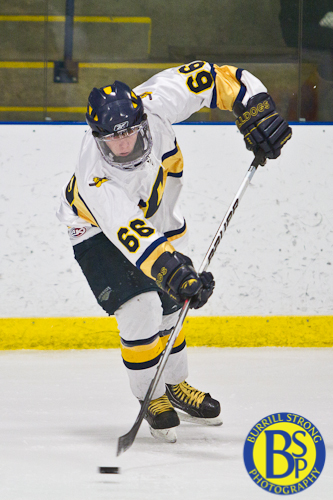
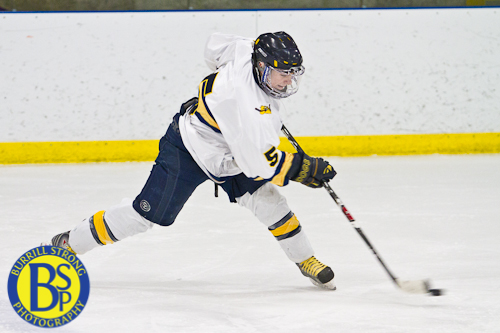
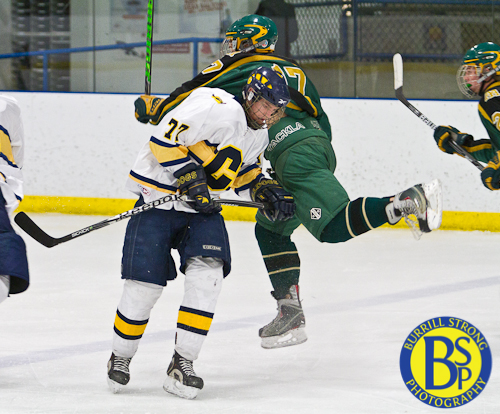
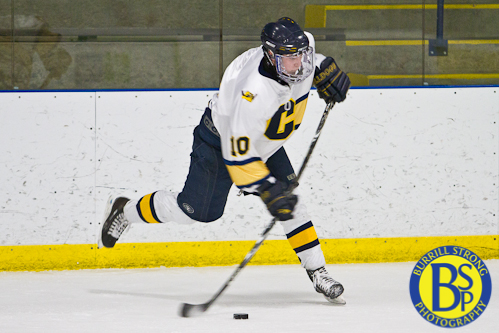
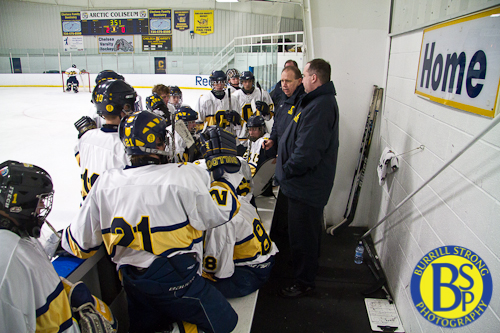
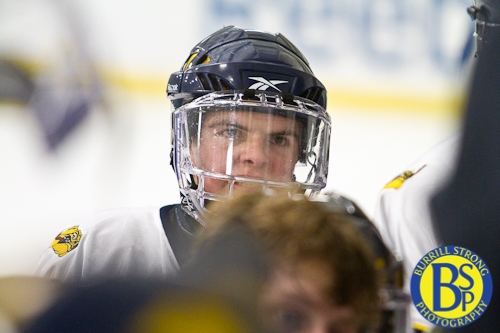
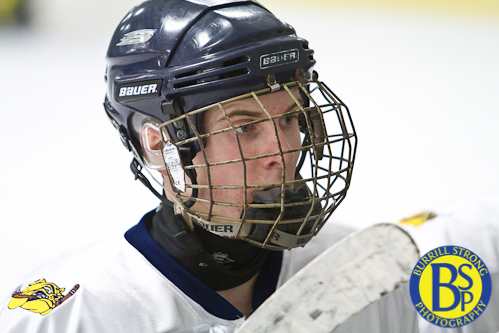
Late in the game, two Huron players decided to file a grievance with Joe Hewitt:
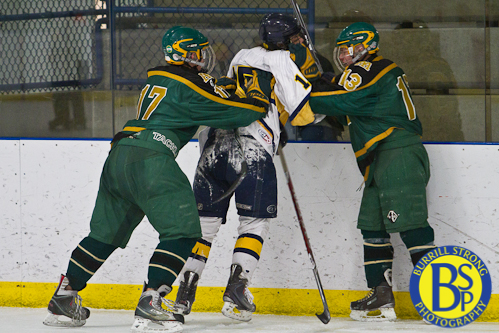
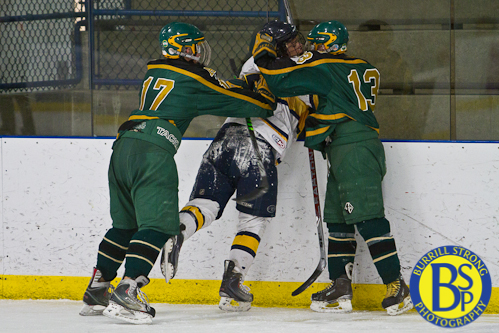
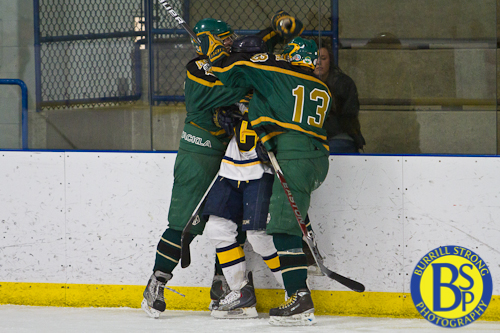
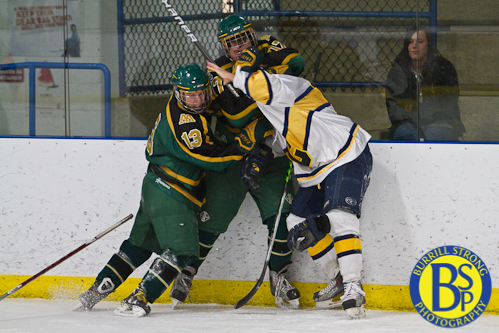
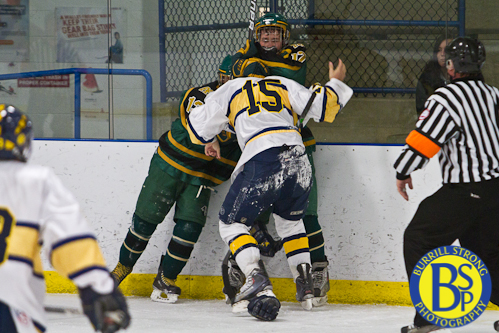
Chelsea hockey faced a team that looks a lot like Syracuse football a few years ago but is actually Flint Powers Catholic. (Even better: their white jerseys look like a Gatorade advertisement!)
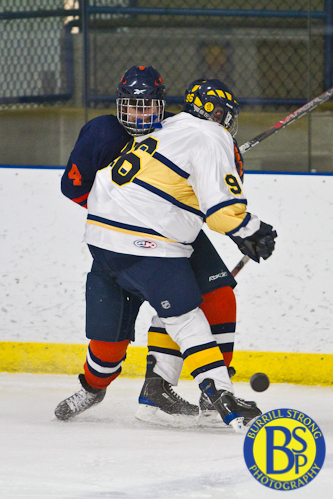
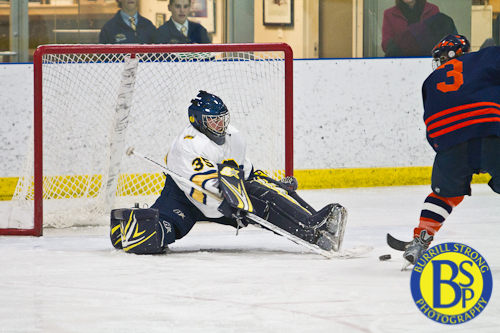
Don’t worry: he made the save.
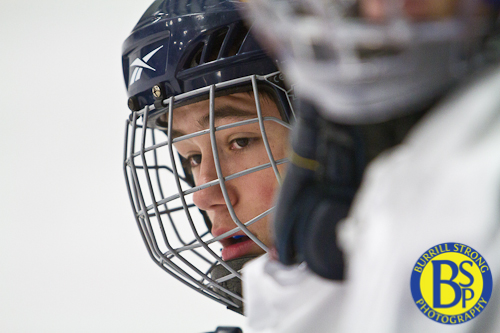
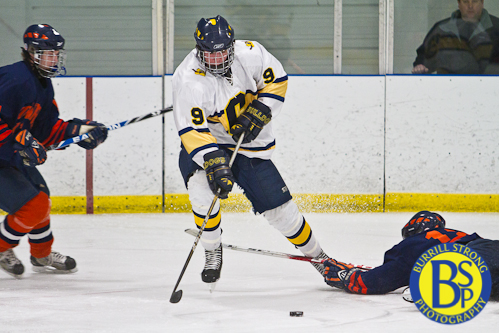
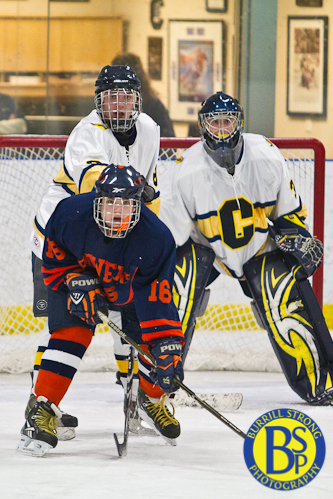
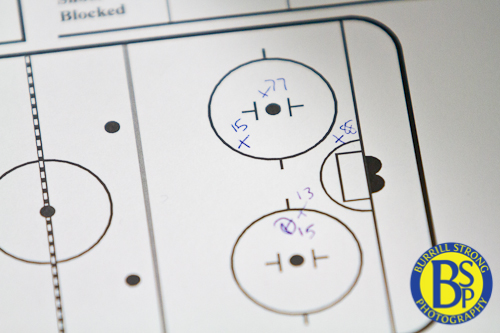
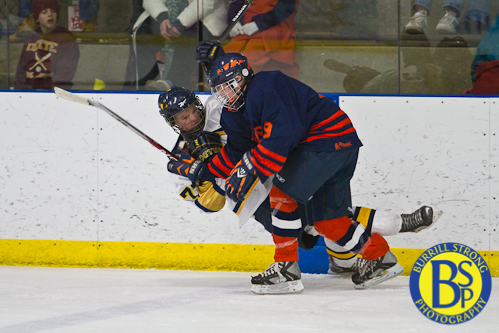
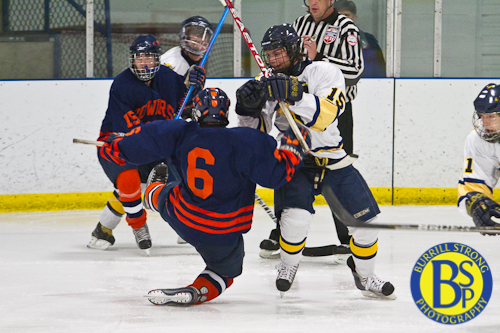
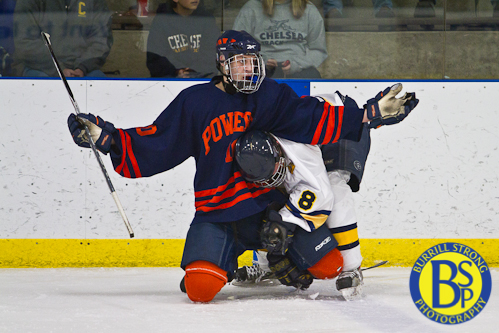
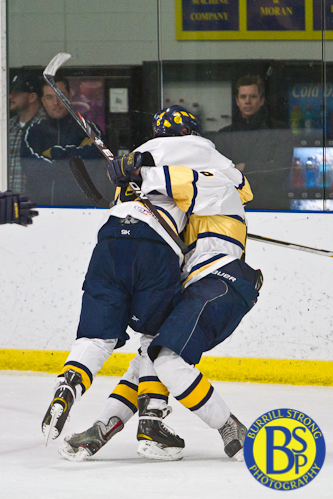
It’s funny how game-winning goals result in happiness.
Chelsea’s Arctic Coliseum hosted the SEC Hockey Showcase, featuring seven SEC teams and one non-SEC team. (Ordinarily it would be eight SEC teams, but one program had to close down this year.) I photographed three of the four games.
Dexter vs Monroe:
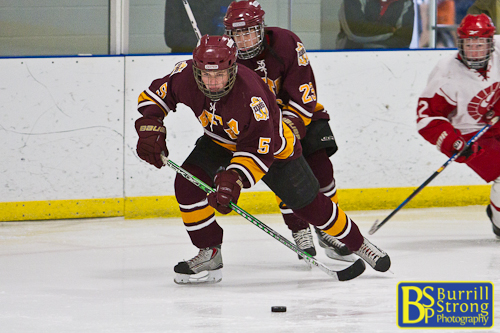
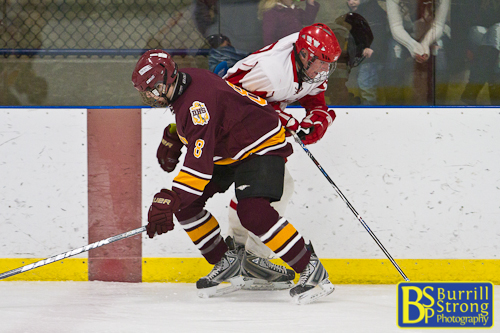
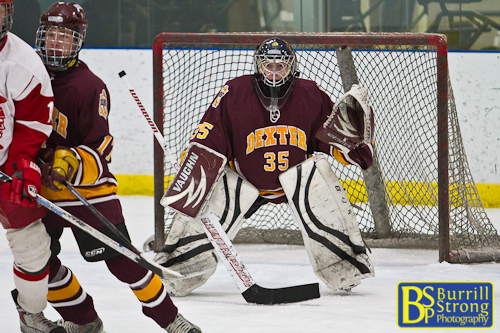
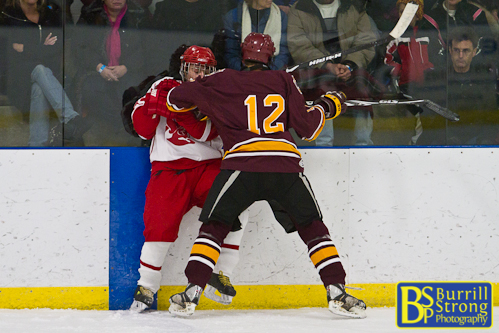
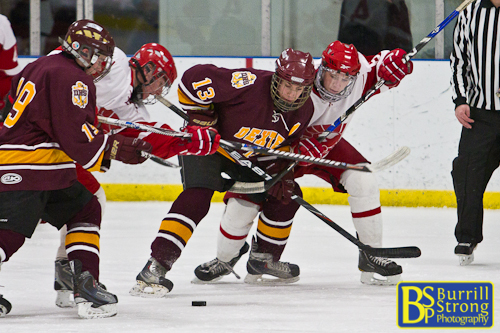
Huron vs Saline:
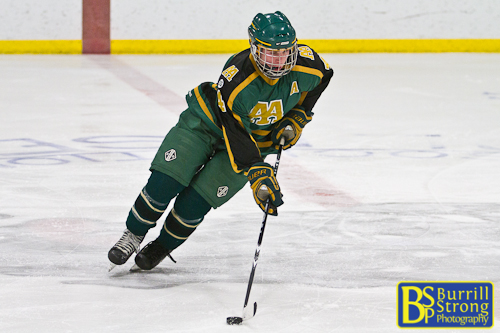
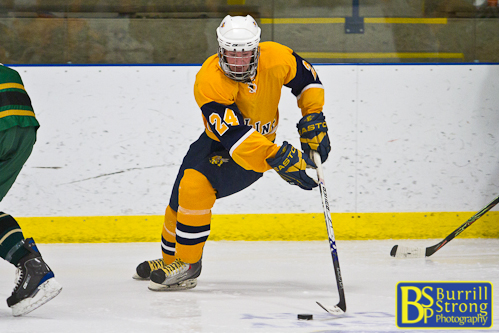
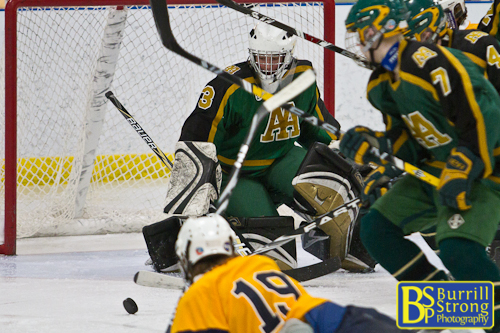
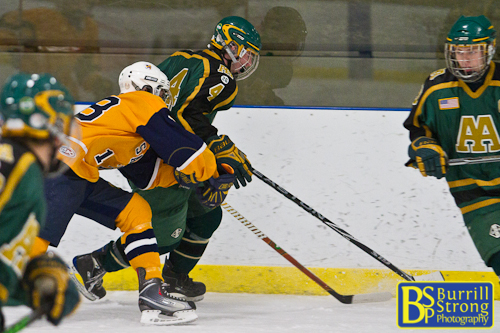

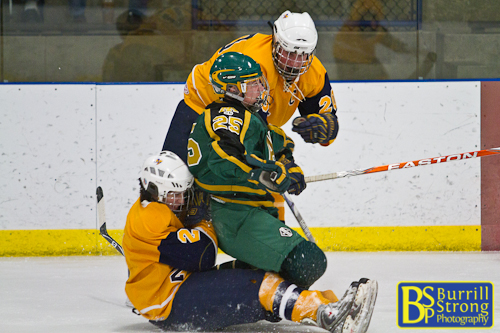
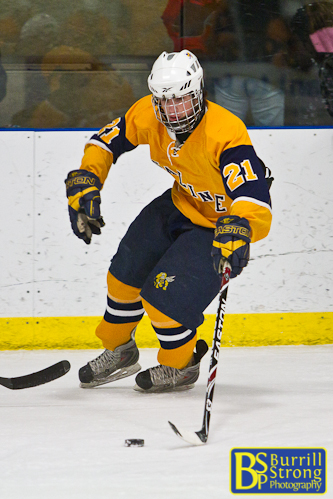
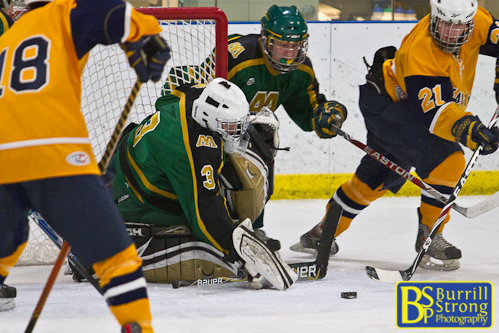
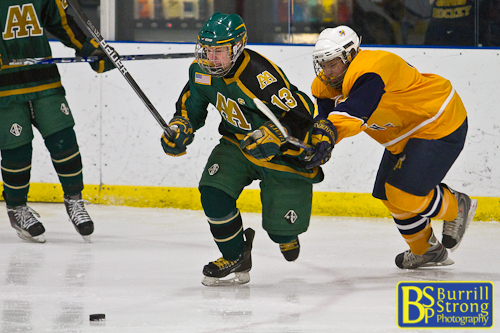
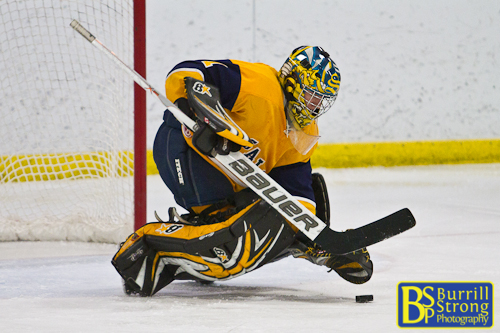
Chelsea vs Warren Mott:
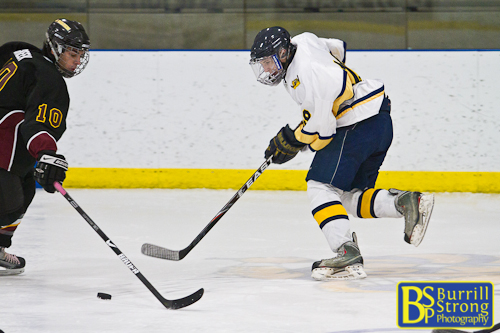
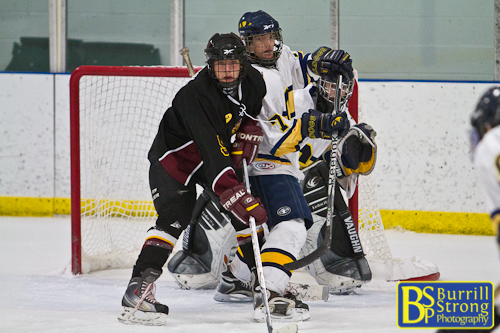
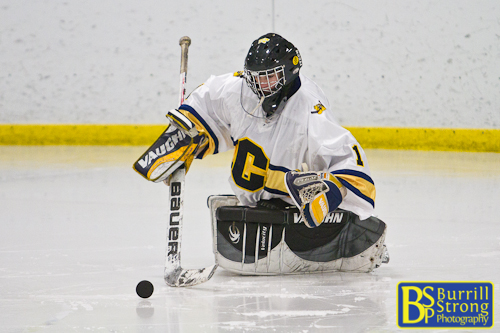
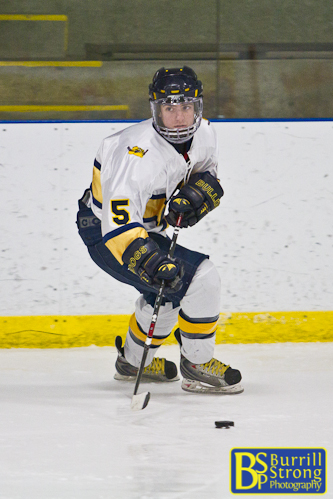
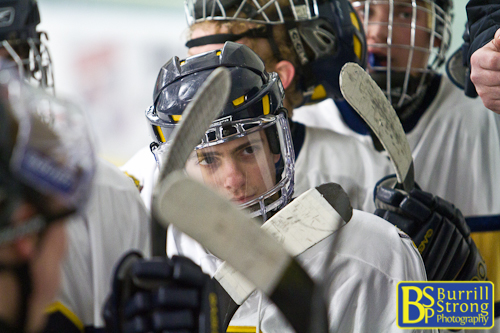

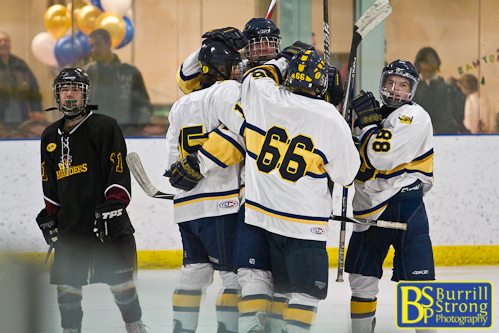
Last week, Chelsea hockey lost in overtime in its first of two meetings with its other not-so-beloved rival, Jackson Lumen Christi.
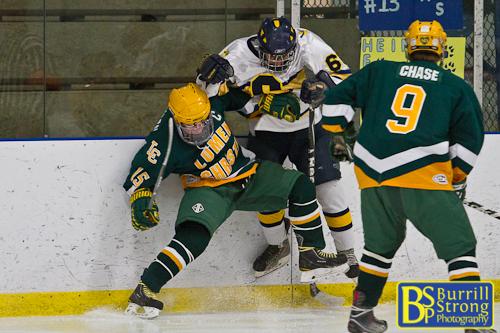
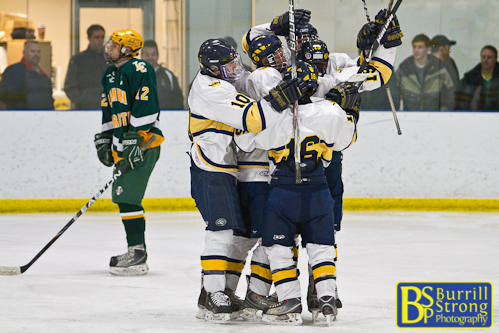
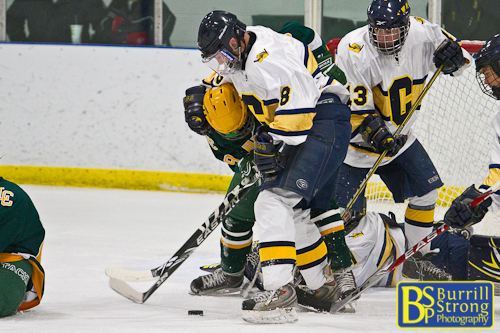
See how Anthony’s right arm is in the process of wrapping around the LC player’s head? If you’re guessing that didn’t end well, the next photo will show you just how right you are.
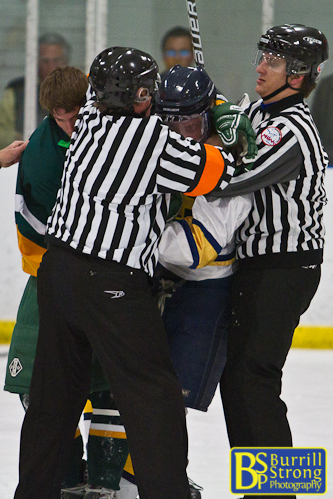
As with Dexter, when I say not-so-beloved, I mean it. I really, really mean it.
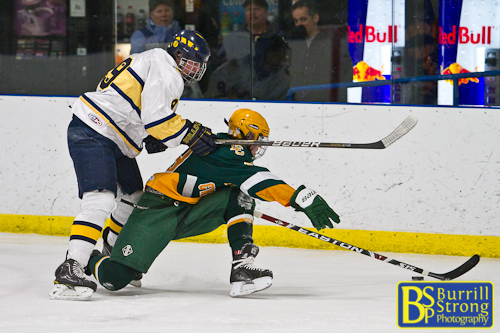
For this image, Brad wins this post’s title of Gravity’s Little Helper. (Or, more appropriately in this case, Gravity’s Little Hepler.)
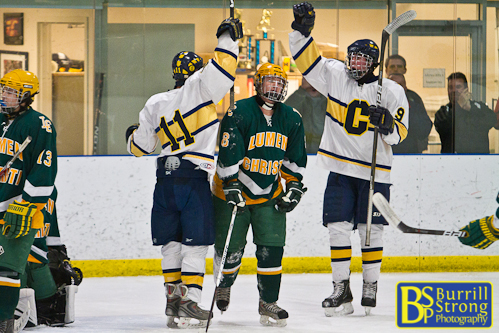
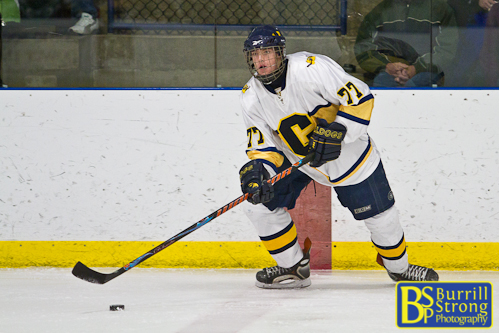
Remember Steve, the player who left in the ice in pain a few posts ago? He’s back, and he’s okay.
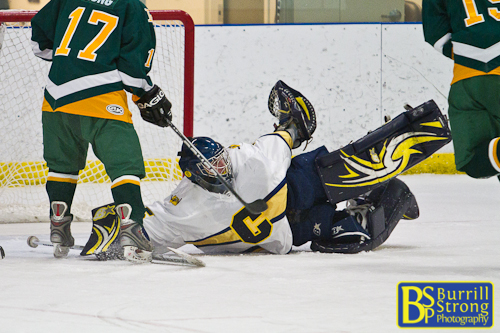
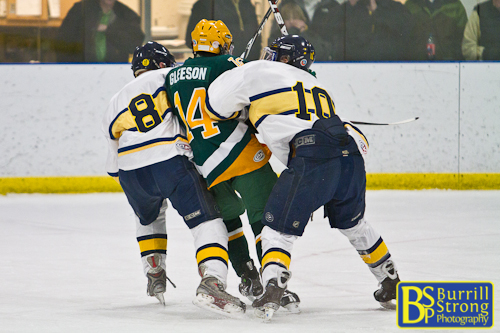
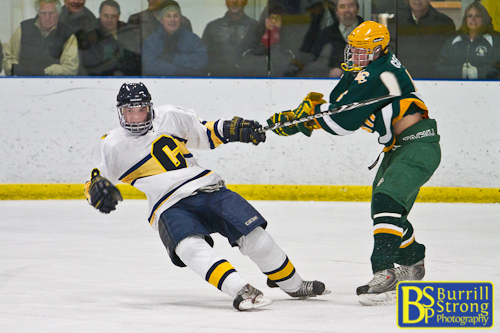
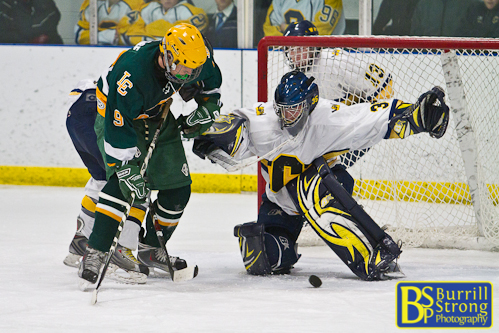
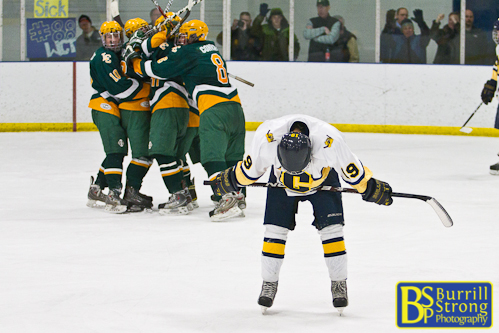
Chelsea hockey defeated Dexter in their first of two meetings with the not-so-beloved county rival.
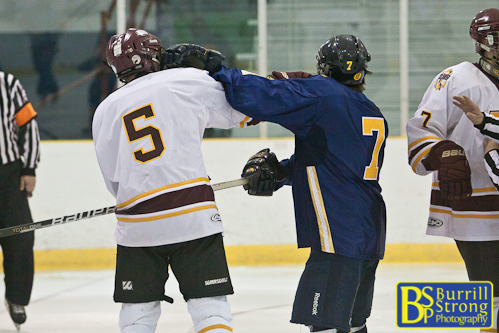
See? I told you they’re not-so-beloved.
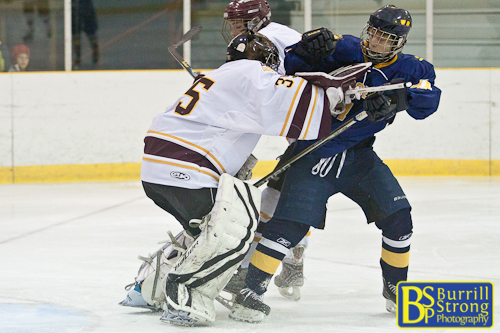
See?!
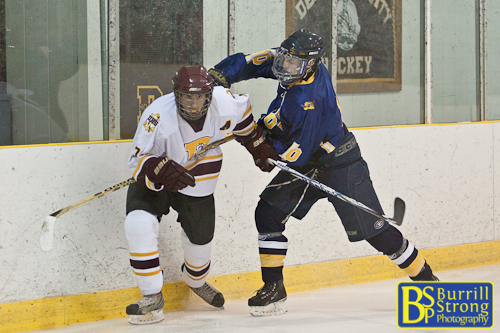
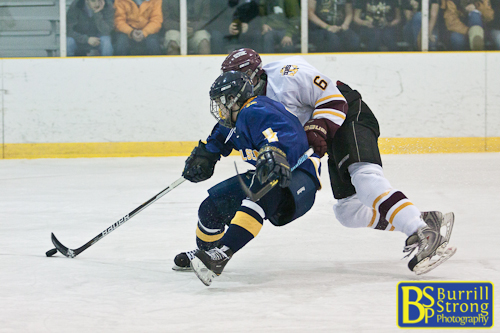
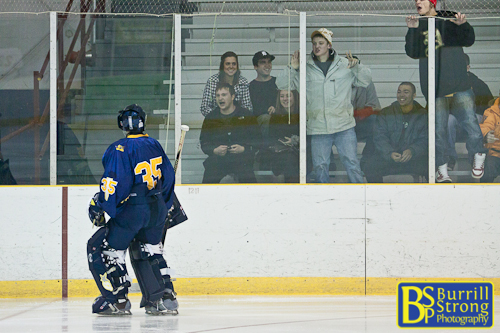
The Dexter students had urgent information to pass along to Chris.
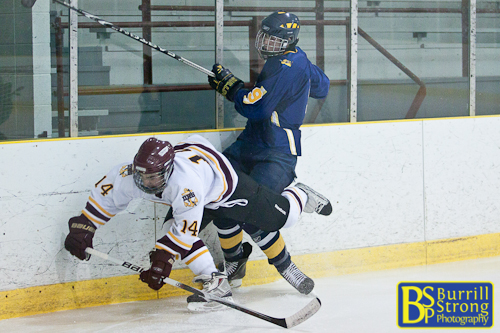
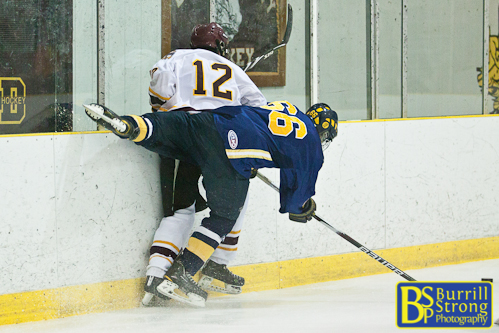
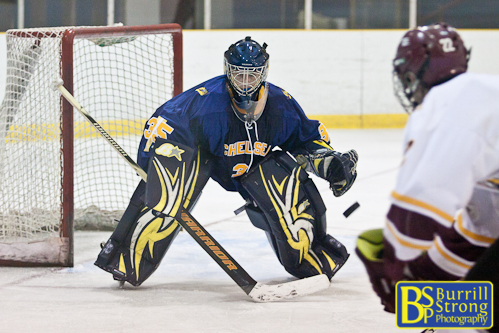
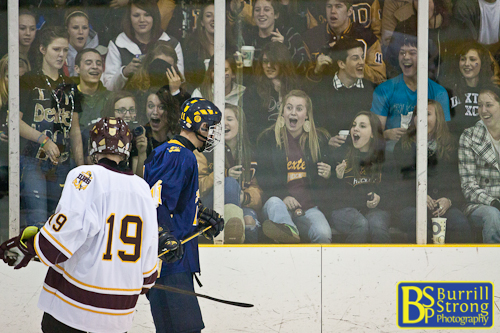
Luke had some surprising information for the Dexter students.
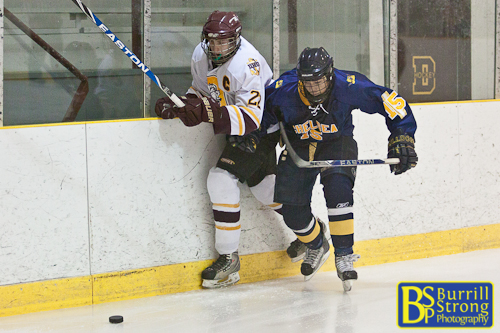
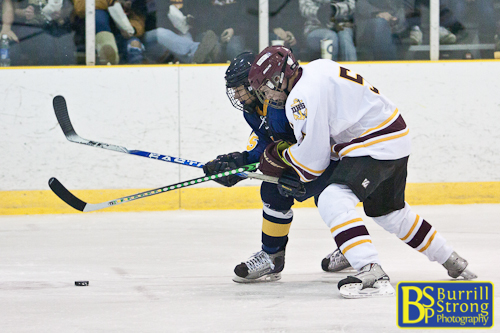
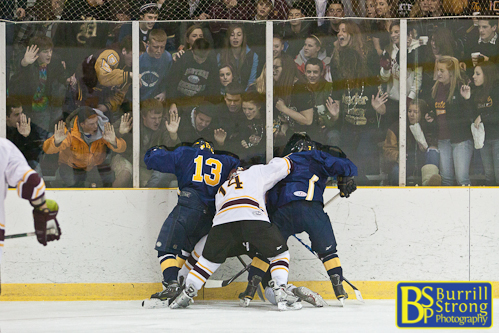
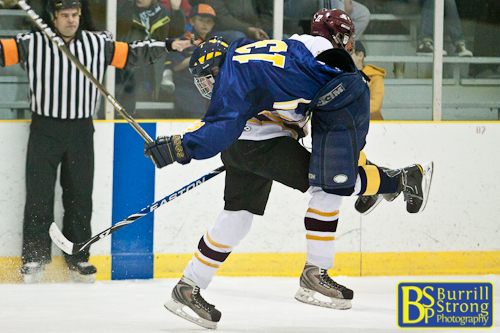
Chelsea hockey lost to Grosse Ile.



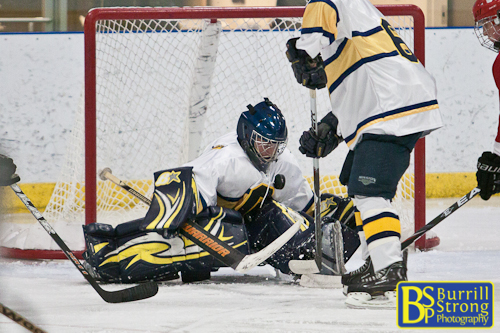


Steve fell awkwardly into the boards…
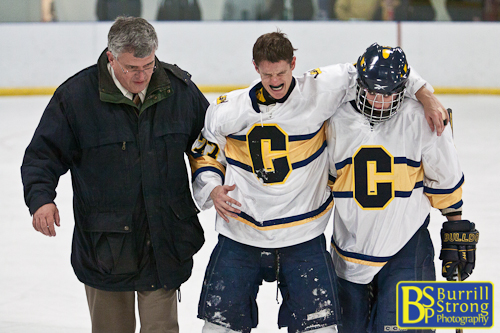
…and left in the ice in pain.
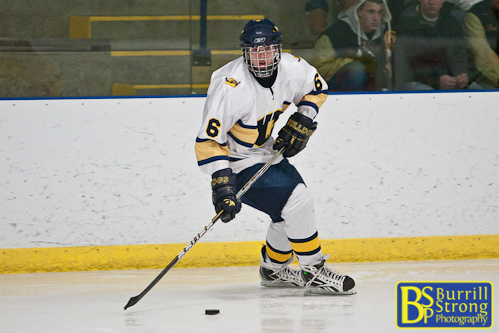
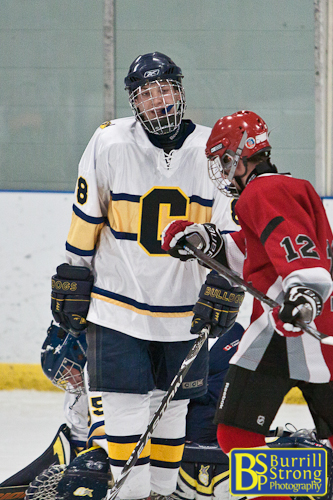
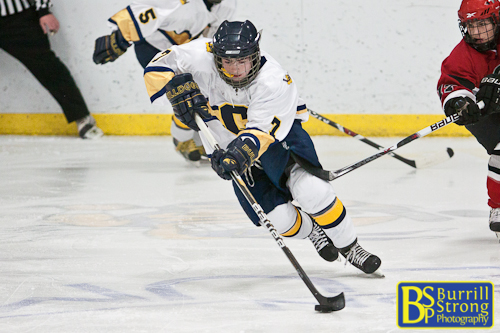

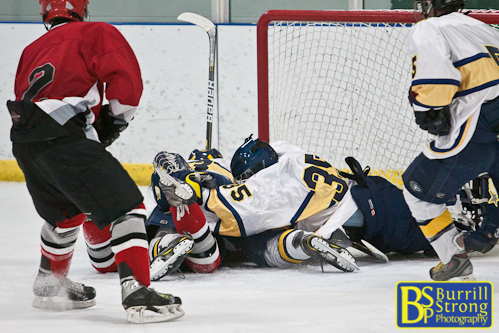

Chelsea hockey lost to Wyandotte.
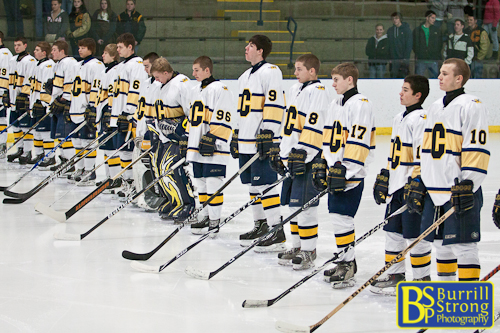
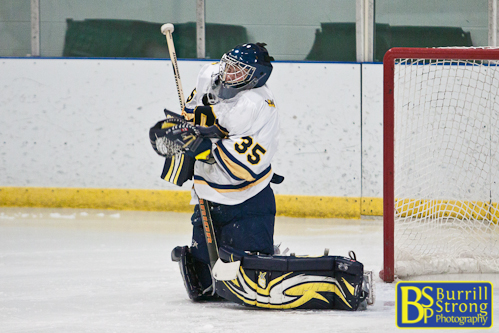
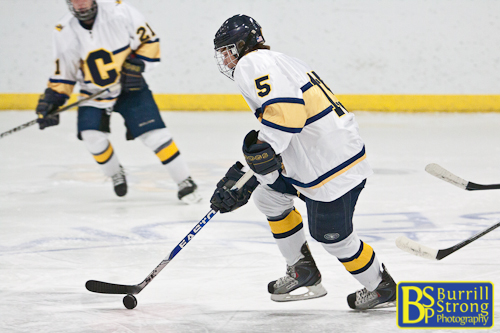
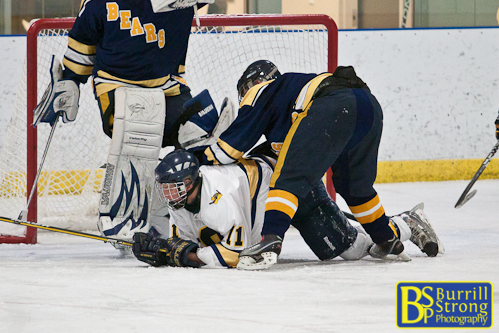
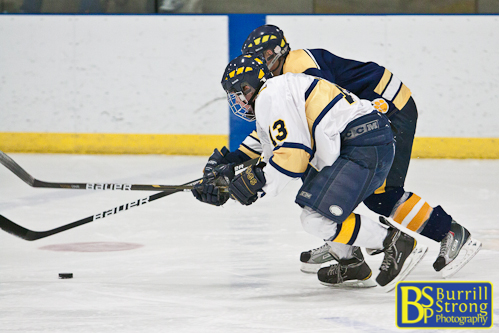
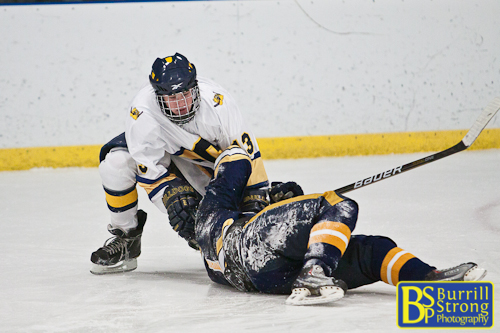
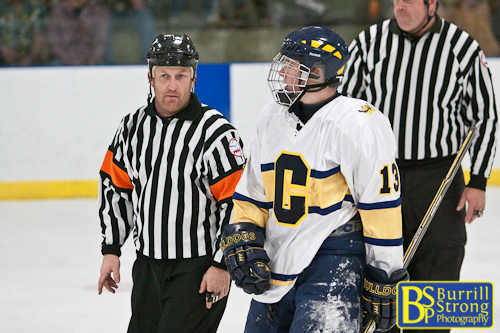
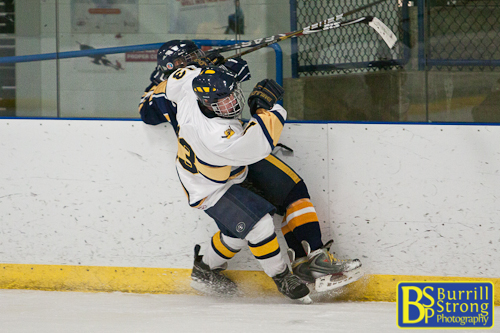
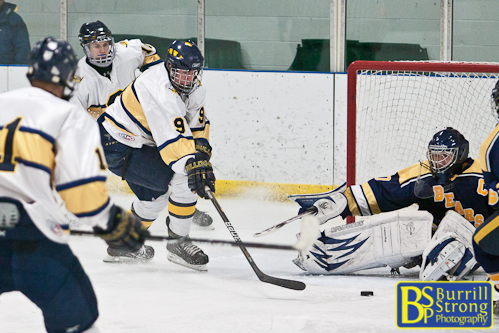
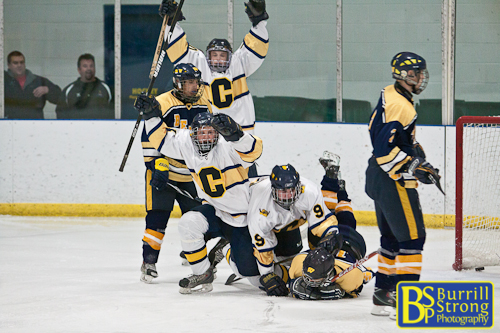
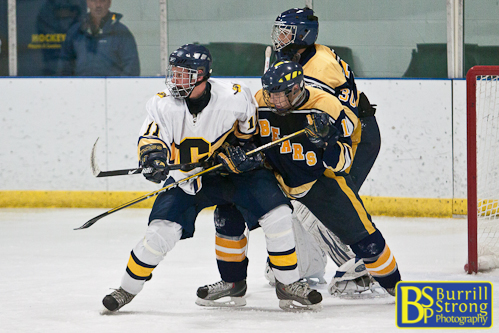
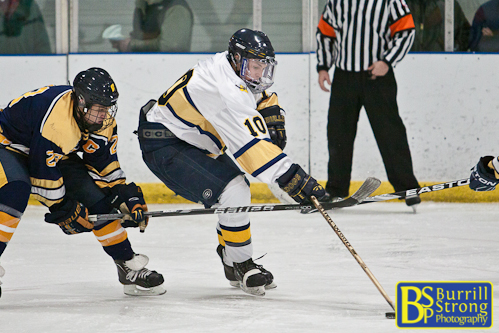
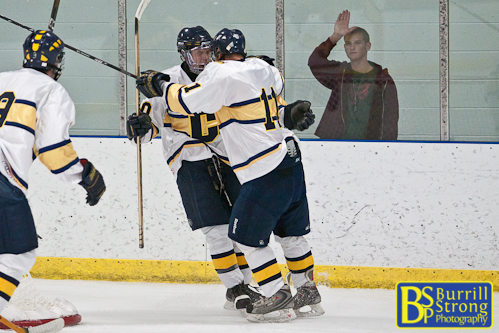
Here, seniors Charlie and Luke (11) celebrate a second-period goal. Celebrating on the other side of the glass is Luke’s older brother Matt, once a Chelsea hockey player and now a member of the military. Matt’s distant post hadn’t allowed him to be home for a while, but well-timed leave brought him home during hockey season, giving him the chance to take in a Chelsea game.
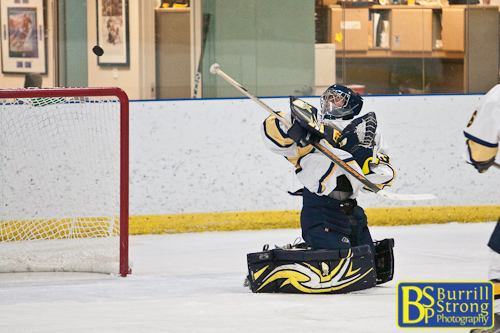
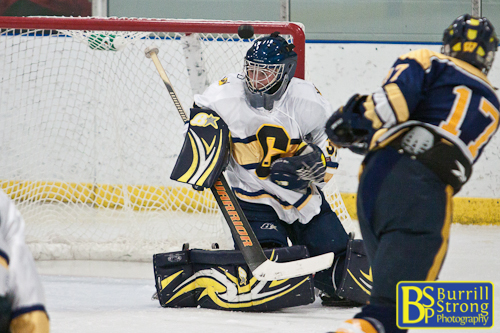
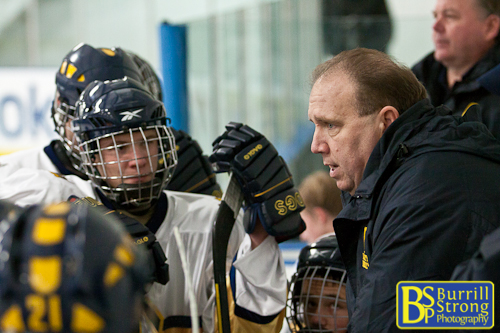
On the morning of day 13, the rink was finally ready to paint.
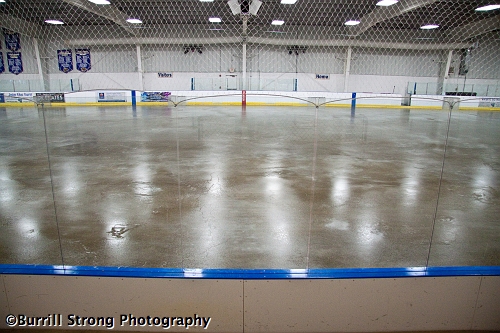
I arrived at the arena shortly after 9:00, when the crew was preparing to lay paint. The paint that provides the nice bright white color comes in powder form to be mixed by the paint crew, as Dan and Tom are doing here.
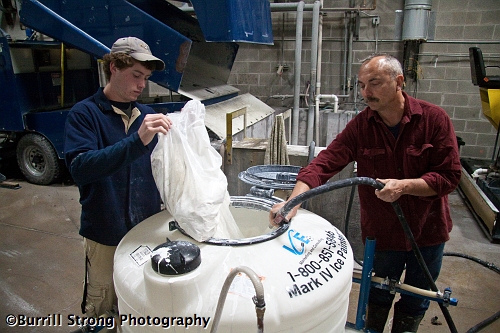
Painting ice is much different than painting more typical surfaces like wood; instead of drying over a longer period of time, the paint freezes shortly after it’s applied. When it’s frozen, it’s sealed with a thin layer of ice on top of it.
To cover the ice, it takes 300 gallons of white paint applied in three coats. The crew used a small garden tractor to pull the paint sprayer, a clever device that looks and operates much like a very small crop sprayer.
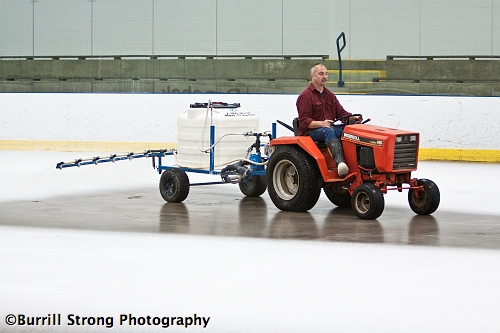
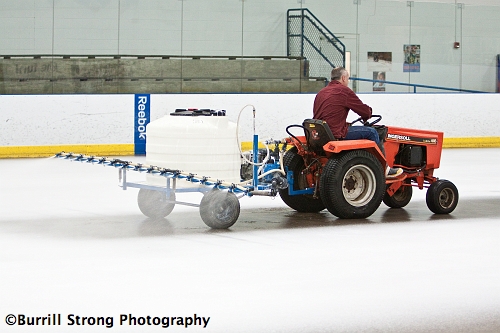
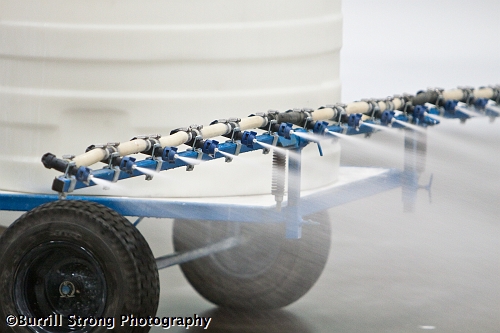
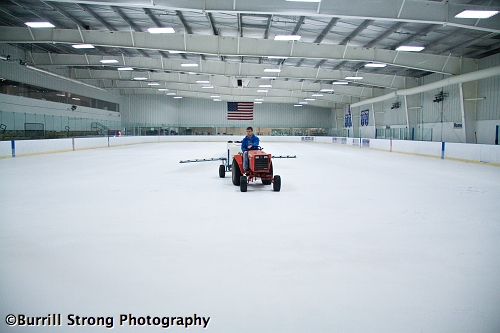

Thanks to those three coats of paint, the ice gained its familiar white color and the room seemed considerably brighter.
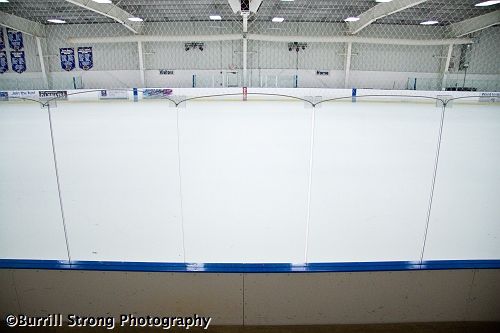
With the white paint applied and sealed, it was time to add the hockey lines. While it might be fun to freehand the lines, neither hockey players nor officials would appreciate crooked lines, so the crew put down string to ensure straight lines.
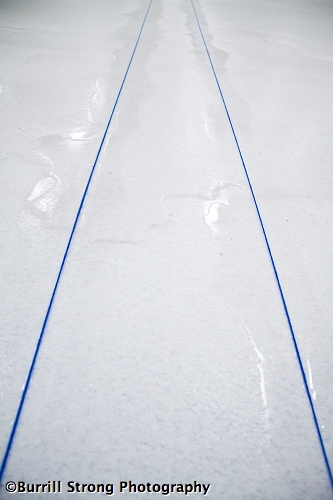
You may have noticed that the string has also been sealed with a layer of ice to make sure it doesn’t move. This was accomplished with a small pump sprayer, as shown here in the hands of Dan.
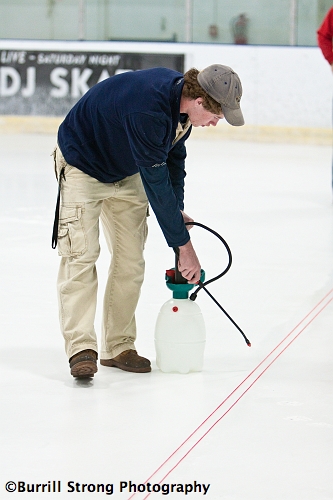
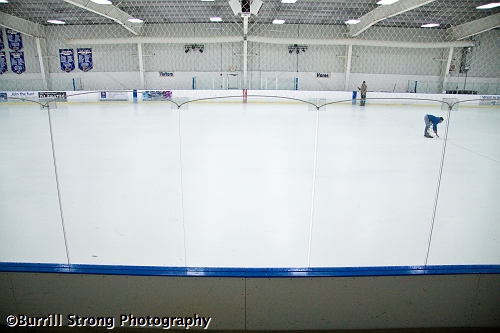
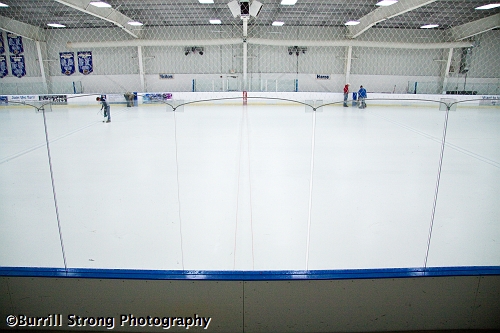
The painting process itself is fairly pedestrian: it involves paint, a brush and a lot of work.
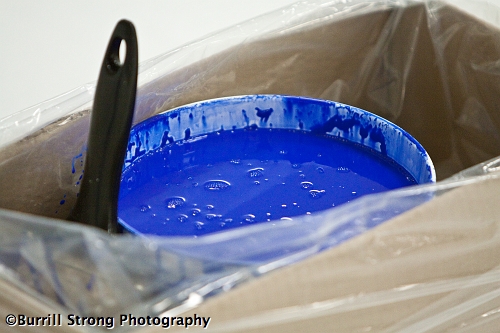
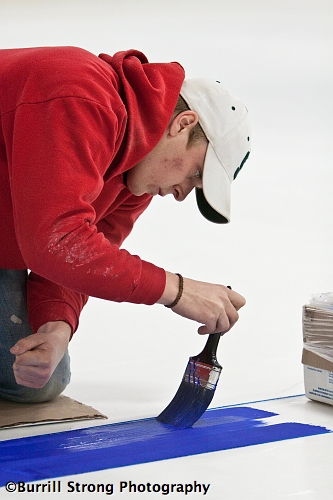
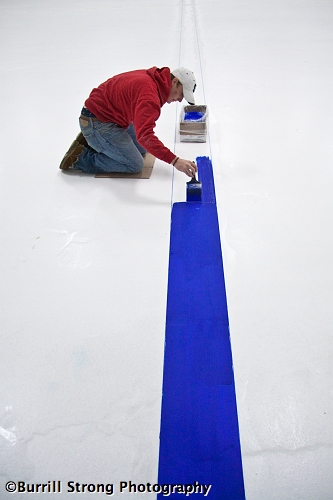
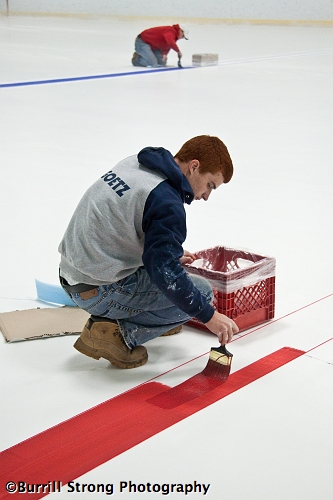
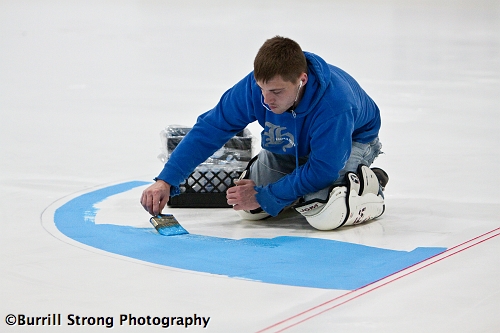
Of course, there are also a few circles necessary for a good game of hockey. To create the proper circles, the crew cut string in the circles’ radii, attached them (one at a time, naturally) to a spike and drew the circles on the ice.
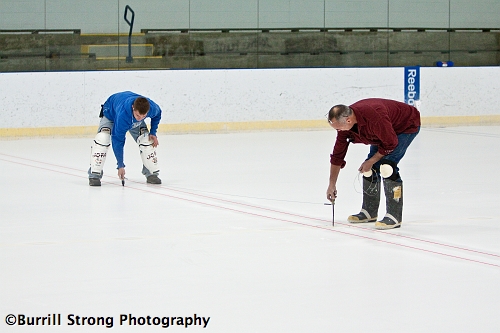
As the day progressed, the surface began to look more and more like a real sheet of hockey ice.
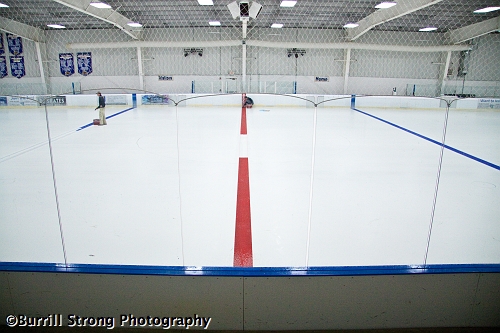
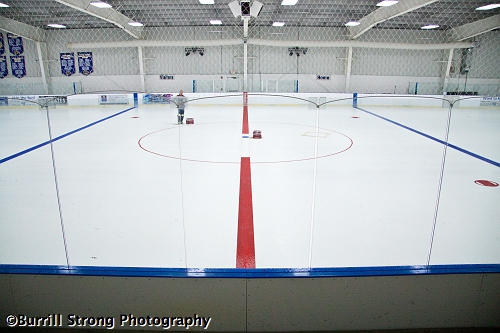
The center ice circle still looked bare, but that didn’t last long: that’s Tom standing next to the circle preparing to paint the arena’s name around the circle.
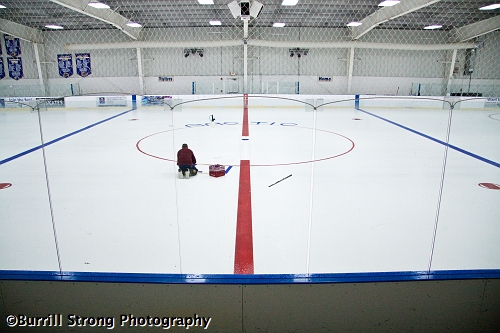
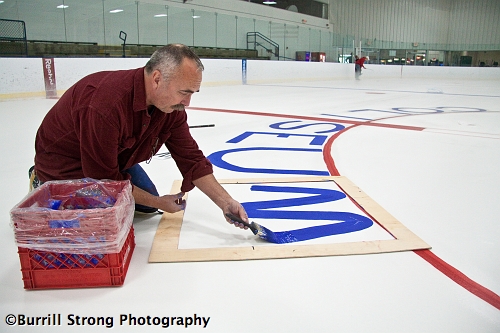
By 6:15 nearly all of the essential lines and circles were painted and sealed, leaving only the graphics to be added.
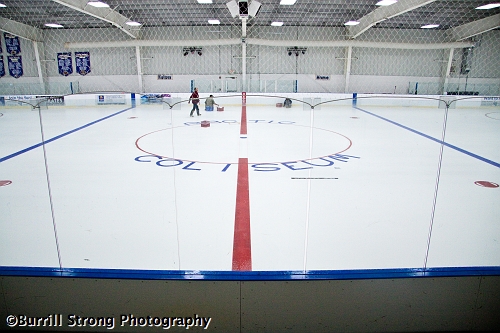
The graphic work occurred the morning of day 14, but a schedule conflict prevented me from being there to document the process. That means the next day will show the considerably less exciting process of flooding the rink to add the last inch of ice on top of the paint.
Required reading: day 1; day 3; day 6; day 7; day 8; day 9; day 11
On day 12 the sand was frozen, which meant it was time to begin flooding to build the ice. I arrived after the flooding began, and the difference was obvious thanks to the glossier surface. (I would have said the difference was clear, but that would have been an offense worthy of severe pun-ishment.)
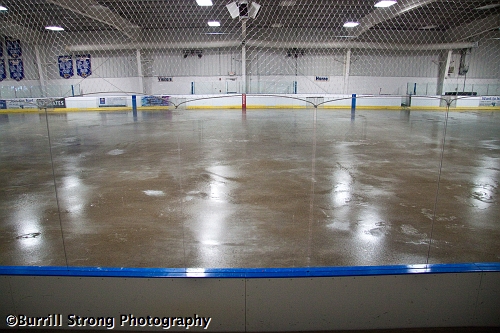
The gloss was provided by the first thin layer of ice on the frozen sand.
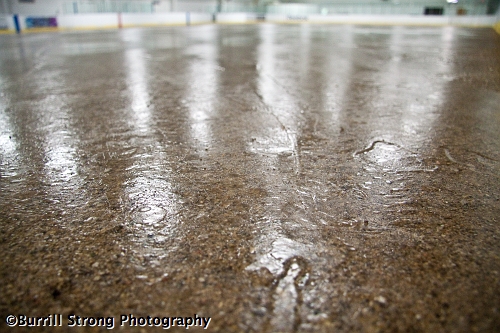
Like the rest of the replacement process, flooding was somewhat tedious and time-consuming; in order to build the ice gradually, the water is added with garden hoses, one thin layer at a time.
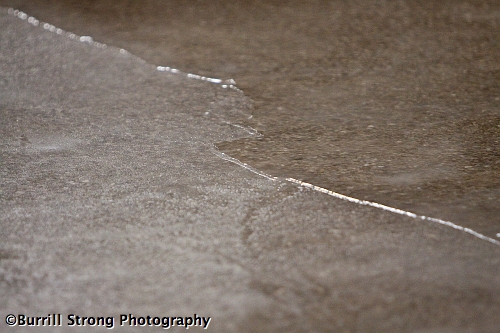
To minimize splashing, the hoses need to be kept close to the surface; since holding a hose at ground level for hours would be murder on the workers’ backs, they used a simple and wonderfully appropriate solution: they taped the hoses to hockey sticks.
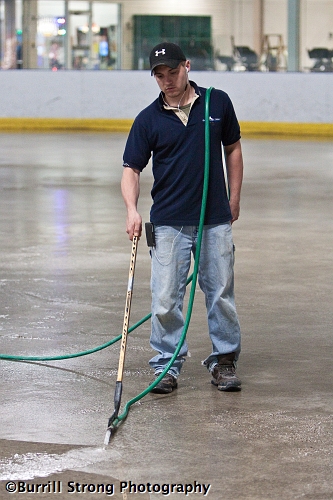
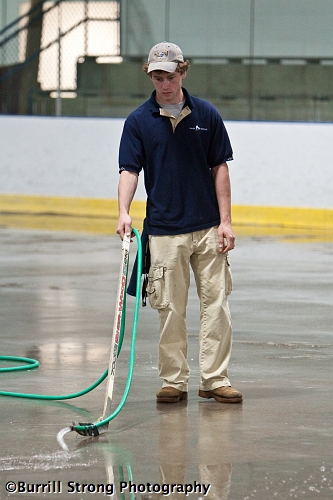
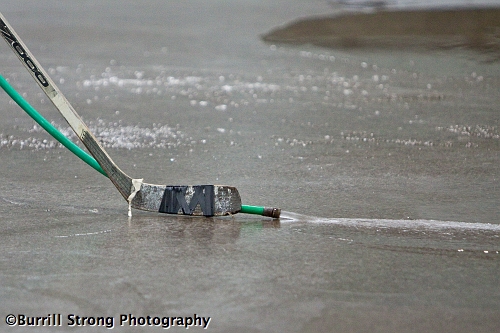
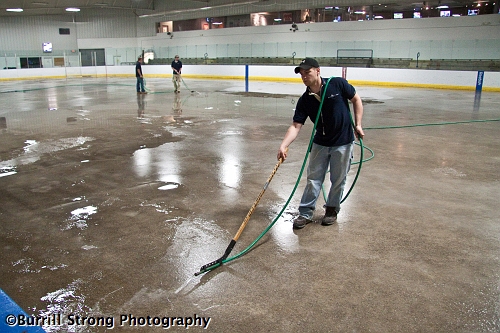
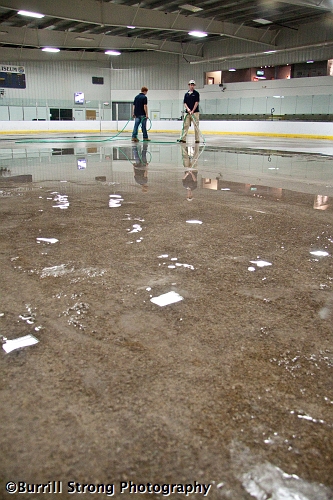
The flooding continued until there was a base of ice suitable for painting. And since I’m sure that’s what many of you really want to see, let me give you the good news: the next post — day 13 — will feature eight and a half hours’ worth of photos of the process of painting the ice.